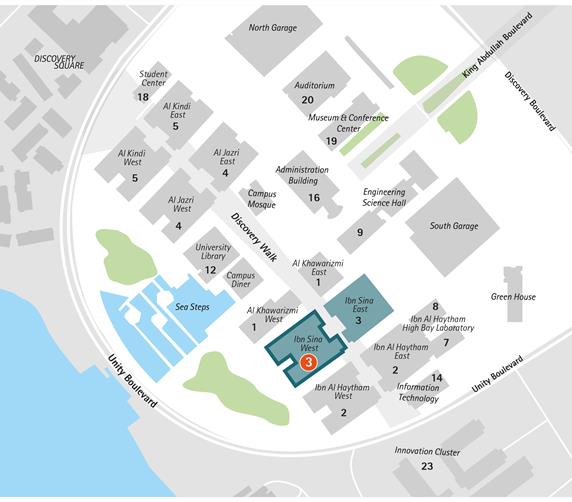Jul 2025
.png?sfvrsn=27e71b21_1)
Chairperson: Professor Kuowei Huang (Chemistry)
Supervisor: Professor Pedro Castano (Chemical Engineering)
External Member: Prof. Zhijian Zhao (Tianjin University, Tianjin, China)
Abstract: Dry reforming of methane (DRM), a reaction that converts two abundantly available greenhouse gases, CO2 and methane (CH4), to produce industrially valuable syngas, is a promising CO2 utilization route to reduce the atmospheric CO2 concentration. Due to their superior performance and affordability, Nickel (Ni)-based catalysts are widely employed in the DRM reaction. However, they face fast deactivation caused by sintering and coking due to the harsh DRM conditions (above 600 °C) and the favored two side reactions: CH4 decomposition and CO disproportionation (Boudouard reaction), respectively. Additionally, understanding the dynamic evolution of the active Ni sites under the complex DRM reaction environment and applying in situ/operando techniques are other challenges in DRM.
To strategically address these challenges, a comprehensively integrated catalyst and reaction engineering approach has been developed in this dissertation, which systematically combines i) innovative catalyst design strategies, ii) dynamic reactor operations, and iii) advanced in situ/operando characterization methodologies. We first optimized the protective TiOx overlayer on Ni/TiO2 catalysts, which protected Ni from sintering and enriched the oxygen species by slightly reducing exposed active Ni sites, finally balancing DRM conversion and stability.
We optimized the ZrO2-supported NiZn alloy catalysts by varying the Ni/Zn ratio, NiZn loading, and reduction temperature. The optimized NiZn catalysts with NiZn intermetallic outperformed the Ni-rich NiZn alloy regarding their stability and coke resistance. A reversible phase transformation between the NiZn intermetallic and Ni3ZnC0.7 under DRM conditions mitigated the coke deposition.
Thirdly, we designed La2O3 supported multi-metallic catalysts consisting of equal molar Fe, Co, Ni, Cu and Mo. The synergistic effects of the multi-metals balanced the elemental steps of carbon formation and removal, leading to a coke-free DRM reaction. Besides, transient-periodic reaction conditions combined with a series of in situ/operando methodologies (X-ray diffraction (XRD), X-ray photoelectron spectroscopy (XPS), transmission electron microscopy (TEM) and reflectance infrared Fourier transform spectroscopy (DRIFTS)) by modulating inputs (temperature and concentration/partial pressure) of the reactor dynamically in step changes, pulses, or periodically to check the response of the catalyst were applied, which significantly contributed to the structure, intermediates and reaction model discovery.
